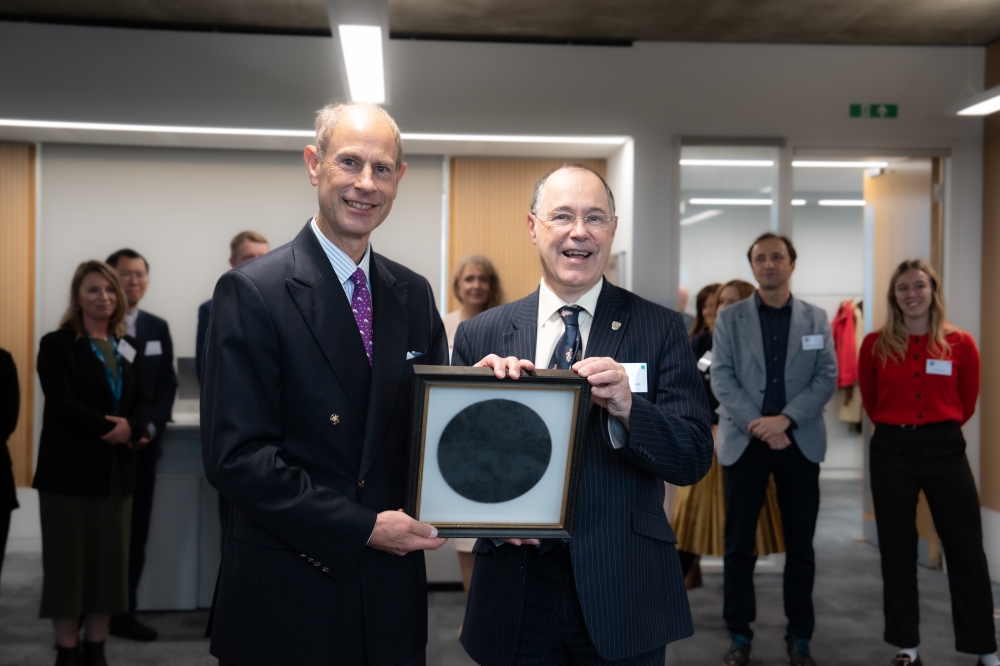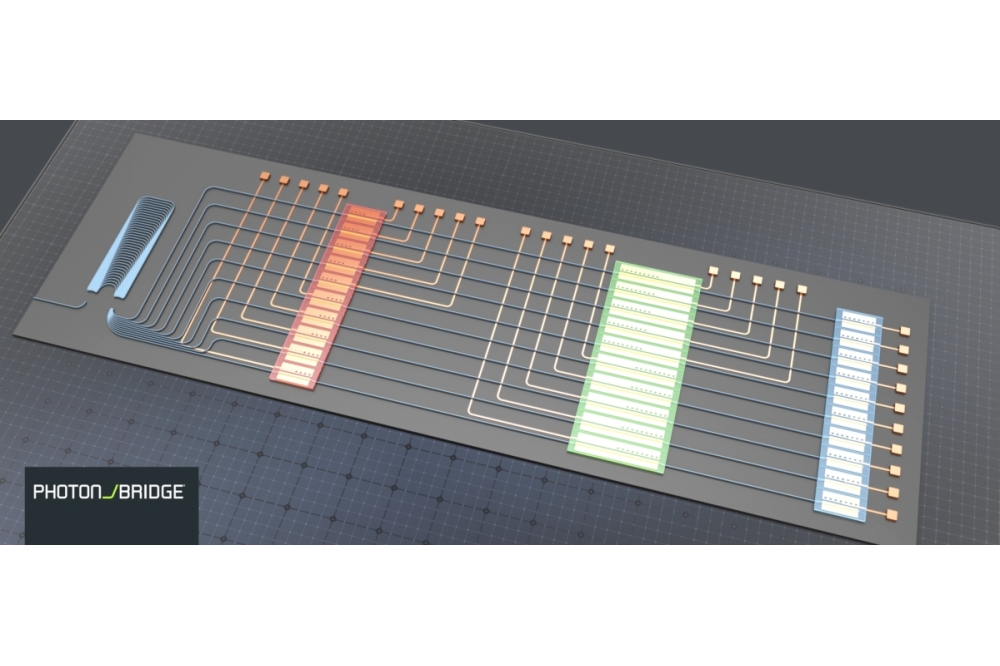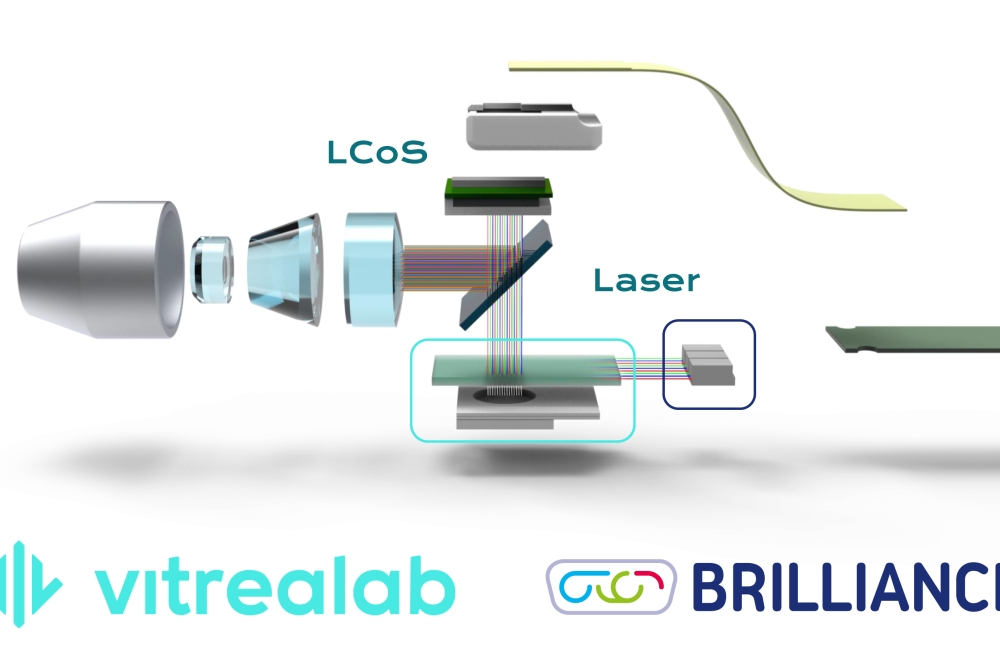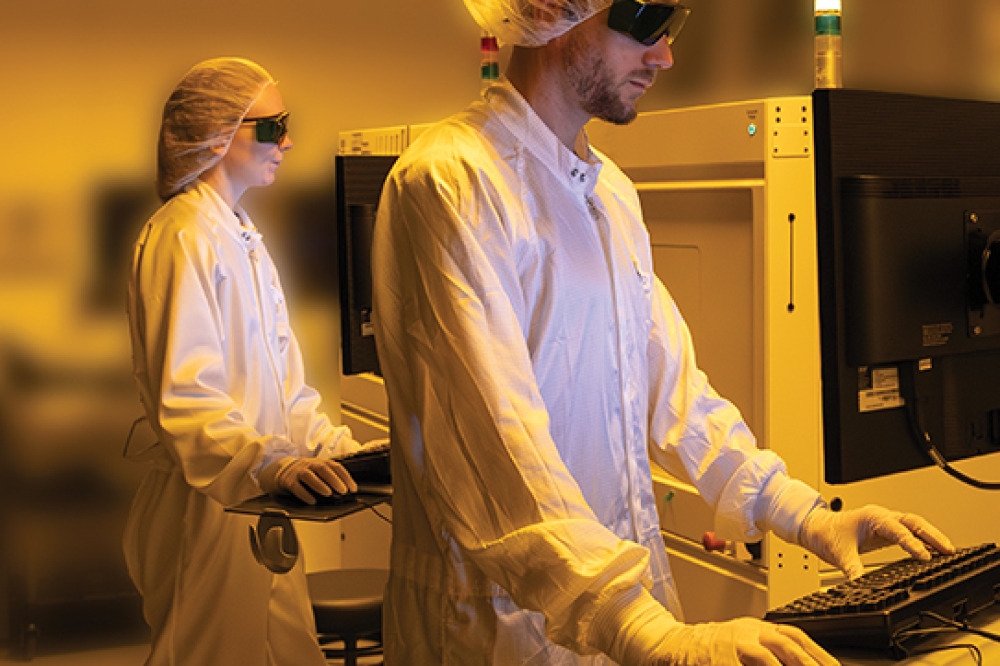BTQ and the University of Cambridge collaborate on quantum photonics

The company is funding research using computational inverse-design methods to develop and optimise new quantum photonic devices, which could advance quantum infrastructure and quantum-secure communications
BTQ Technologies, a company focused on securing mission-critical networks, has announced it is collaborating with the University of Cambridge to fund research in quantum photonic devices. The research project aims to leverage advanced computational design techniques to create breakthrough quantum photonic devices that the company says could transform quantum information processing and transmission infrastructure.
The integrated quantum photonics research team at the University of Cambridge plans to implement inverse-design methodologies, a computational approach for discovering non-intuitive device geometries that could outperform traditional designs. The team will apply this technique to develop inverse-design optimisation processes, incorporating feasibility constraints, to develop optimal quantum devices, including active and passive integrated quantum photonic components, with the goal of optimising device geometries to maximise the collection of quantum light in and out of a chip.
“This collaboration with the University of Cambridge represents a significant milestone in BTQ's mission to accelerate quantum advantage and secure critical infrastructure,” said Olivier Roussy Newton, CEO of BTQ Technologies. “By supporting world-class research in quantum photonic devices, we are positioning BTQ at the forefront of technologies that will define the quantum era. The inverse-design approach opens unprecedented opportunities to develop quantum photonic devices that were previously impossible to conceive through conventional methods. By partnering with Cambridge, we secure highly valuable talent, IP, and the development of the next brightest minds in quantum.”
According to BTQ, this partnership strengthens its technology portfolio and competitive positioning in the rapidly evolving quantum technology landscape. The company expects innovations emerging from the collaboration to have transformative applications across quantum computing infrastructure, quantum-secure communications, and industrial quantum applications such as precision measurement and sensing.
BTQ adds that it remains strategically differentiated on encryption applications and commercialisation pathways, ensuring that research translates into tangible security solutions that address real-world challenges in protecting critical infrastructure and sensitive data in the quantum era.
“The inverse-design methodology allows us to explore device configurations that push beyond the boundaries of conventional photonic engineering,” said Luca Sapienza, associate professor in quantum engineering, who is leading the research at the University of Cambridge. “This collaboration with BTQ accelerates our ability to translate fundamental quantum science into practical technologies that can secure and enhance global digital infrastructures.”

































